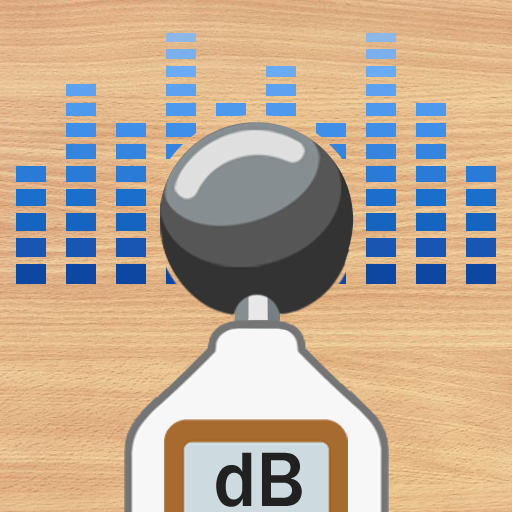Best way to do this to get real, meaningful data, is with a "traveling meter."
Everyone chips in to purchase a decent meter & then it gets shipped around to everyone interested in adding data points to a database. Seems to work well in other hobbyist realms. e.g., the electronics guys have been sending around calibrated (and fully traceable) voltage/current/frequency/etc references for quite some time so they can calibrate the function generators/voltage sources/power supplies/o-scopes/whatever else they have sitting on the bench at home. All b/c calibrated stuff is very nice to have but it's ridiculously impractical b/c it would cost a freaking fortune to calibrate some home labs.
An RTA with data logging would be my choice. Not sure if anyone makes a dual use data recorder/analyzer that can handle a microphone for sound levels & an accelerometer/velocity sensor to measure vibrations would be the bees knees. Unfortunately it would not, in any way, shape, or form, be cheap to acquire.
But vibrating machine surfaces are what turns the mechanical energy into sound waves & while they are affected by how a machine is anchored (or not anchored)/exactly what something like a bench top machine calls home, there is nowhere near the variation seen in sound levels caused by the environment the machine is in.
So it would really be nice to have both.
Also, a standard test plan. None of this "distance/location = ?" It's absolutely crucial to have a standard test plan & it must be rigidly adhered to. Add as many test locations as you'd like, but there has to be some kind of minimum that everyone has to provide.
If this is something many are interested in I can help with a test plan/parameters.
Also, it's extremely far from ideal, but I'm willing to donate an old radio shack sound meter to the cause. No clue if it contains a mechanism for calibration, but it would definitely help.
W/o it you can't get any absolute readings but if everyone uses the same meter & the same testing procedure it will provide data that can be directly compared. There's still the problem of environmental variances so a full description/pictures of the machine location would definitely be included in the test plan. That becomes fairly useful data as soon as 2 people with a Bridgeport, one in a garage & one in a concrete basement, submit data.
Anyway, yeah, if someone corrals a group of people I'd have no problem donating my cheapy meter.
But with the ginormous number of more modern meters at every price point, that would probably be a much better option. ~$200 will get you a pretty good meter & should be easily attainable if the number of people interested make this a worthwhile venture.
Sent from my SM-N975U using Tapatalk

